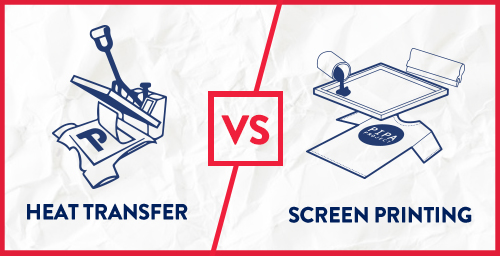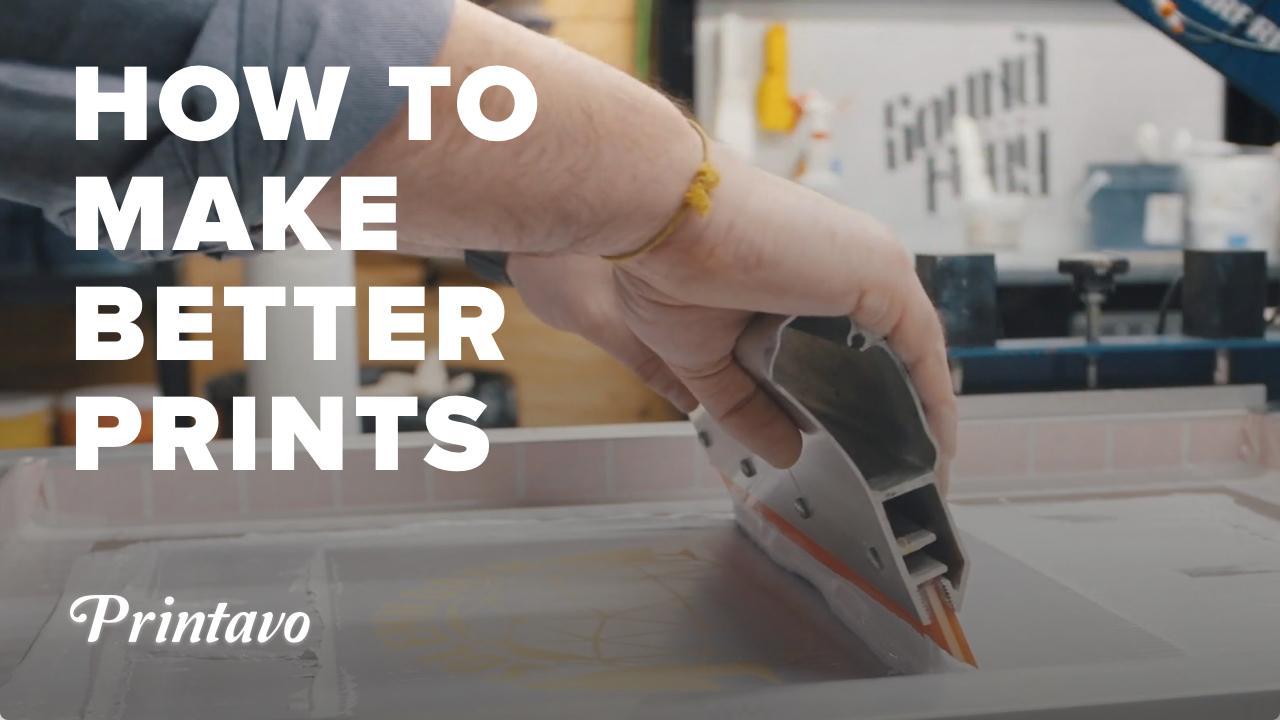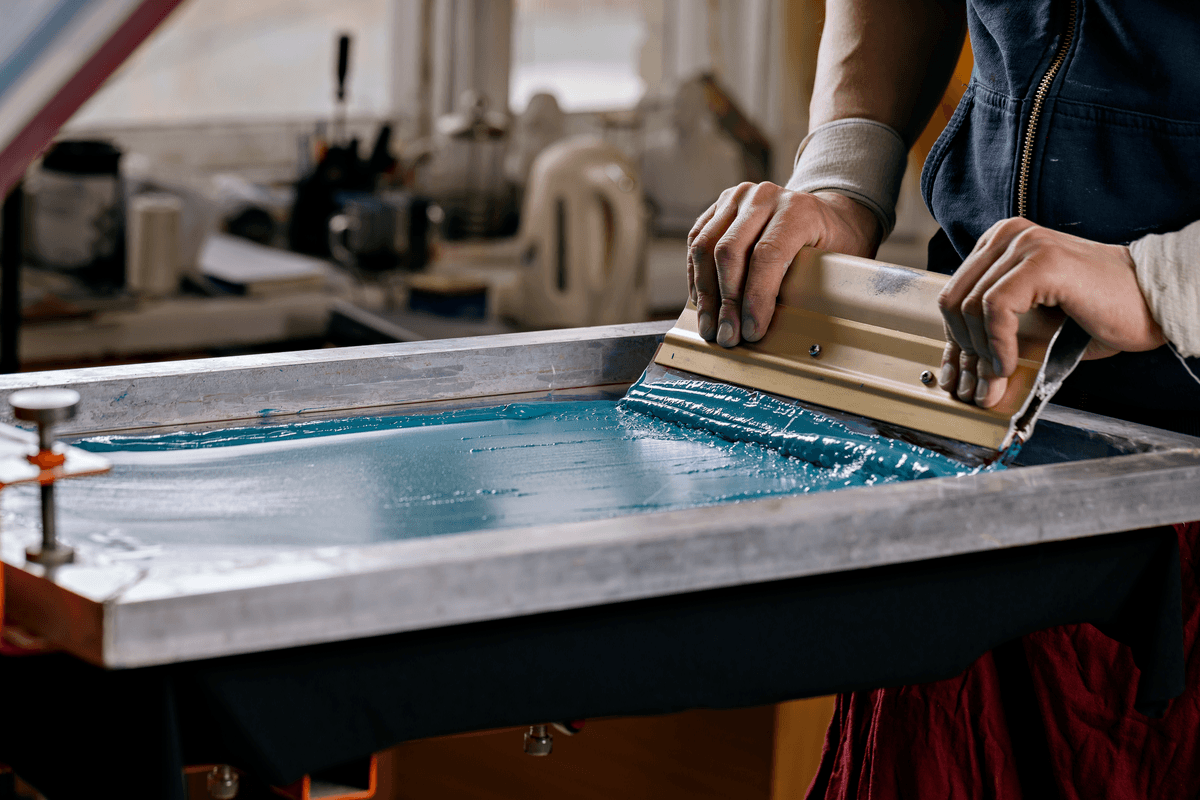Some Ideas on Tx Tees You Need To Know
Wiki Article
About Tx Tees
Table of ContentsAll about Tx TeesThe smart Trick of Tx Tees That Nobody is Talking AboutThe 15-Second Trick For Tx TeesThe Ultimate Guide To Tx TeesThe smart Trick of Tx Tees That Nobody is Talking AboutThe smart Trick of Tx Tees That Nobody is DiscussingThe 30-Second Trick For Tx Tees
That brings your overall to about $1,900 gross and delivery. Add up other costs, like the variety of utilities it requires to run the shop and the cost of ink and solution per style. t-shirt printing. Take the print below for instance. This is a one-color image, so the expense of ink per t shirt is about 20 cents.The solution ought to only be a few cents because you 'd just need to coat one screen for this job. Generally, printers try to make up to 45% revenue on a print task.

With DTF, you can print a handful of shirts, or simply one. Both display printing and DTF have their particular niches in the world.
Tx Tees for Dummies
The very best way to understand? Ask around and see what print shops like your own are doing. custom cap printing. Attempt both out and see which you like better
When you're picking what kind of printing technique to make use of for publishing your artwork designs on your garments, it's crucial that you understand the distinctions between these two methods so you can make the most of outcomes while minimizing prices. Screen printing is the most generally used technique for printing designs on textiles.
DTG printing is additionally called place or straight to garment printing due to the fact that it publishes just what is required rather than making a screen as display printers do. https://disqus.com/by/txtees02/about/. Screen printing functions by display filler squeegee display printing ink screen mesh display, then moving the photo to garment utilizing heat and/or stress
The DTG printer uses special dye-sublimation inks that are used into a pre-designed picture by a digital printing system. The inks end up being component of the material, permitting lively shades and outstanding information. It's likewise referred to as area or straight to garment printing due to the fact that it prints just what is required instead of making a display as screen printers do.
Some Known Facts About Tx Tees.
It's much quicker - you can publish a fullcolor image in mins, as opposed to hours for display printing. Second, there's no set up time or expenses included - you can print any type of layout you such as, without needing to develop a display first. Third, there's no waste - since screen printers screen print one design at a time, they have to evaluate each shade separately.
The paper is very expensive and can just be made use of when. Once it's published on, it has actually to be disposed of. - The preliminary purchase cost is less than the in advance investment of DTG printers- You can print multi-color designs one screen at a time rather of needing to print each color individually like DTG printing.

10 Easy Facts About Tx Tees Shown
Instead of making use of screen mesh as screen printers do, dye sublimation printers make use of laser technology to transfer your pictures onto garments or paper. A warm procedure moves the color from its solid-state straight into the gas phase which consequently integrates it onto textile substrates when they are rapidly heated to high temperature levels under high pressure.Sublimation printing is eco-friendly. It uses less water than screenprinting, and since it does not include the use of harmful solvents, it's safe for all sorts of garments. The dye sublimation inks are also odor free when cured, unlike screen printers that utilize unsafe chemicals during the display printing procedure that leave behind an unpleasant odor.
They also save money on pricey equipment like exposure units since color sublimation printers do not require a UV direct exposure device or a flash treatment stove that is commonly used in display printing (t-shirt printing). What is direct to garment printing (DTG Printing)? DTG printing is an electronic screenprinting process that prints directly onto fabric making use of specialized inkjet printers
The Facts About Tx Tees Revealed
DTG printing provides several advantages over traditional screenprinting, consisting of the capability to publish photographic quality images, better color vibrancy, and the capacity to print layouts on darker materials. DTG printers work by warming the textile ink up until it transforms into a gas. The gas then penetrates the material, bonding with the fibers to develop a long-term print.
Display printers merely prepare their display after that start printing till they lack item or ink.- There is a wide variety of seasoned display printers all over the world, which can be valuable for beginners. - It's a slower process - display printers commonly have to await the ink to completely dry before they can print the following color- Screen printers require manual work, so there's a greater discovering curve and it takes longer to produce a top quality design- Display printing isn't as precise as Find Out More DTG printing, so you may obtain some "bleeding" of colors from one component of the picture onto another otherwise done correctly.
9 Simple Techniques For Tx Tees
However, as opposed to making use of display mesh as display printers do, dye sublimation printers make use of laser technology to move your photos onto garments or paper. A heat process moves the color from its solid-state directly right into the gas phase which in turn merges it onto textile substrates when they are quickly heated to high temperatures under high stress.Sublimation printing is environmentally friendly. It makes use of much less water than screenprinting, and since it does not involve the usage of damaging solvents, it's risk-free for all kinds of apparel. The dye sublimation inks are likewise unsmelling when healed, unlike screen printers that utilize harmful chemicals during the screen printing process that leave behind an undesirable smell.
They also save money on costly devices like direct exposure devices since dye sublimation printers don't require a UV exposure system or a flash cure stove that is generally utilized in screen printing. What is direct to garment printing (DTG Printing)? DTG printing is a digital screenprinting process that prints directly onto fabric making use of specialized inkjet printers.
The Tx Tees Statements
DTG printing uses lots of benefits over conventional screenprinting, including the ability to publish photo high quality images, better shade vibrancy, and the capability to print layouts on darker textiles. DTG printers work by heating up the textile ink up until it turns right into a gas. The gas then permeates the fabric, bonding with the fibers to create an irreversible print.Report this wiki page